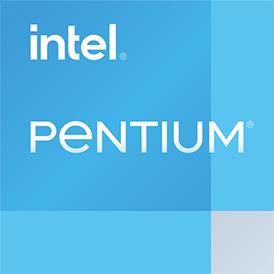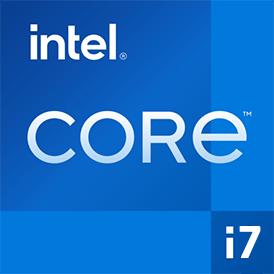 Estimated results for PassMark CPU Mark
Estimated results for PassMark CPU Mark
|
|
Intel Pentium Gold G5420
2C 4T @ 3.8 GHz
|
3796
|
|
|
Intel Core i7-2610UE
2C 4T @ 1.5 GHz
|
1412
|
 Geekbench 5, 64bit (Multi-Core)
Geekbench 5, 64bit (Multi-Core)
|
|
Intel Pentium Gold G5420
2C 4T @ 3.8 GHz
|
2134
|
|
|
Intel Core i7-2610UE
2C 4T @ 1.5 GHz
|
884
|
 Geekbench 5, 64bit (Single-Core)
Geekbench 5, 64bit (Single-Core)
|
|
Intel Pentium Gold G5420
2C 4T @ 3.8 GHz
|
978
|
|
|
Intel Core i7-2610UE
2C 4T @ 1.5 GHz
|
449
|
 iGPU - FP32 Performance (Single-precision GFLOPS)
iGPU - FP32 Performance (Single-precision GFLOPS)
|
|
Intel Core i7-2610UE
2C 4T @ 1.5 GHz
|
163
|

